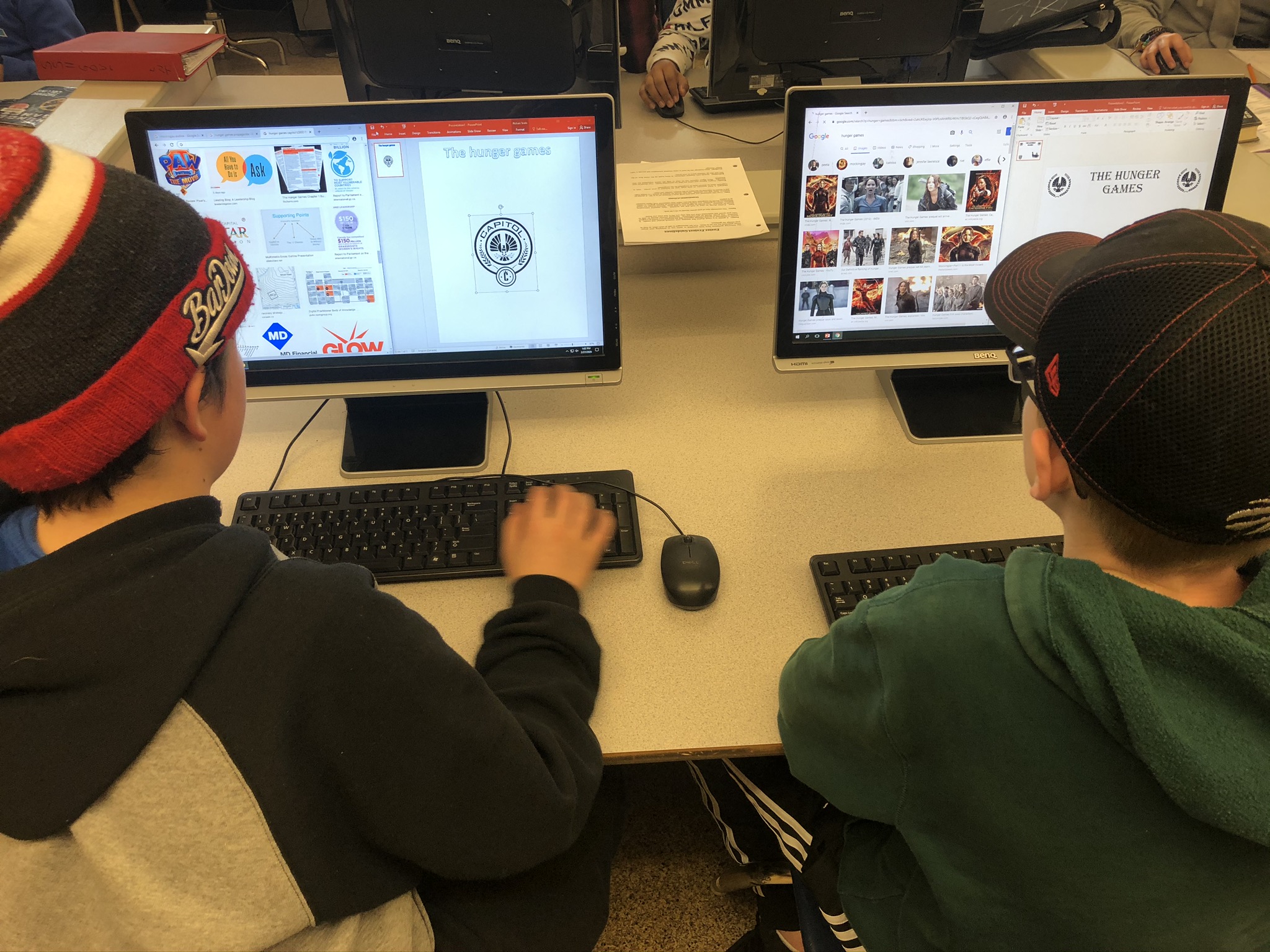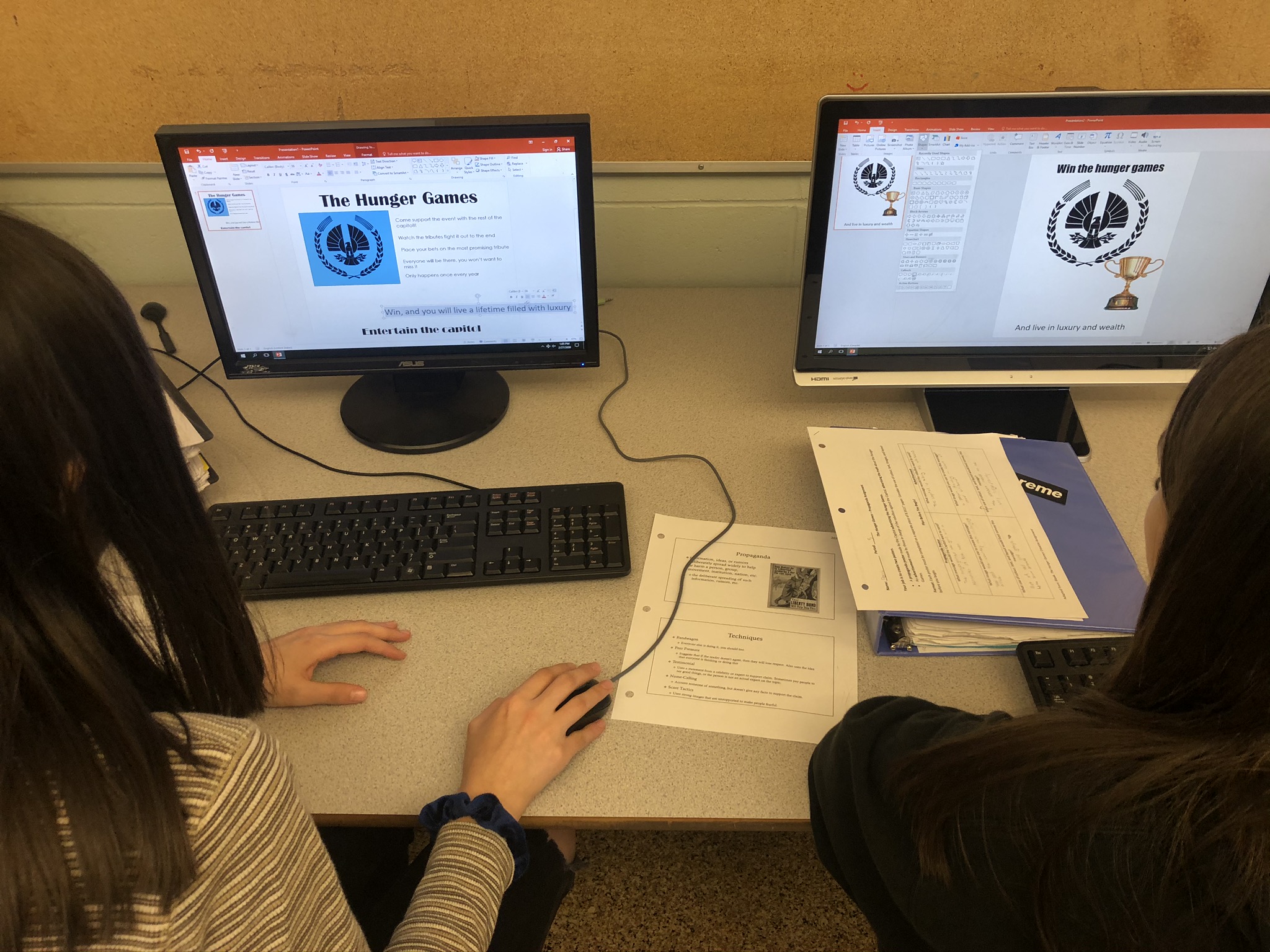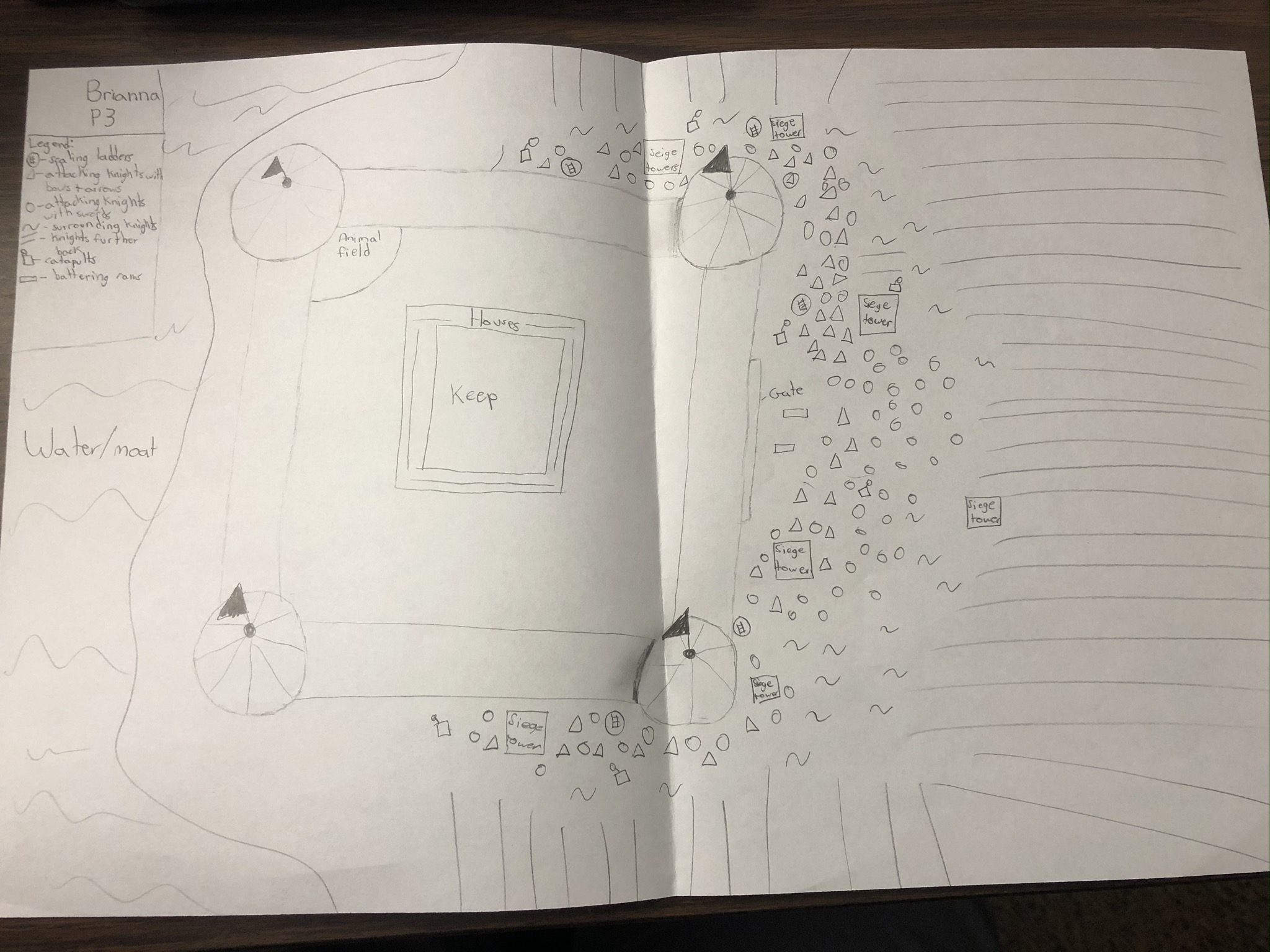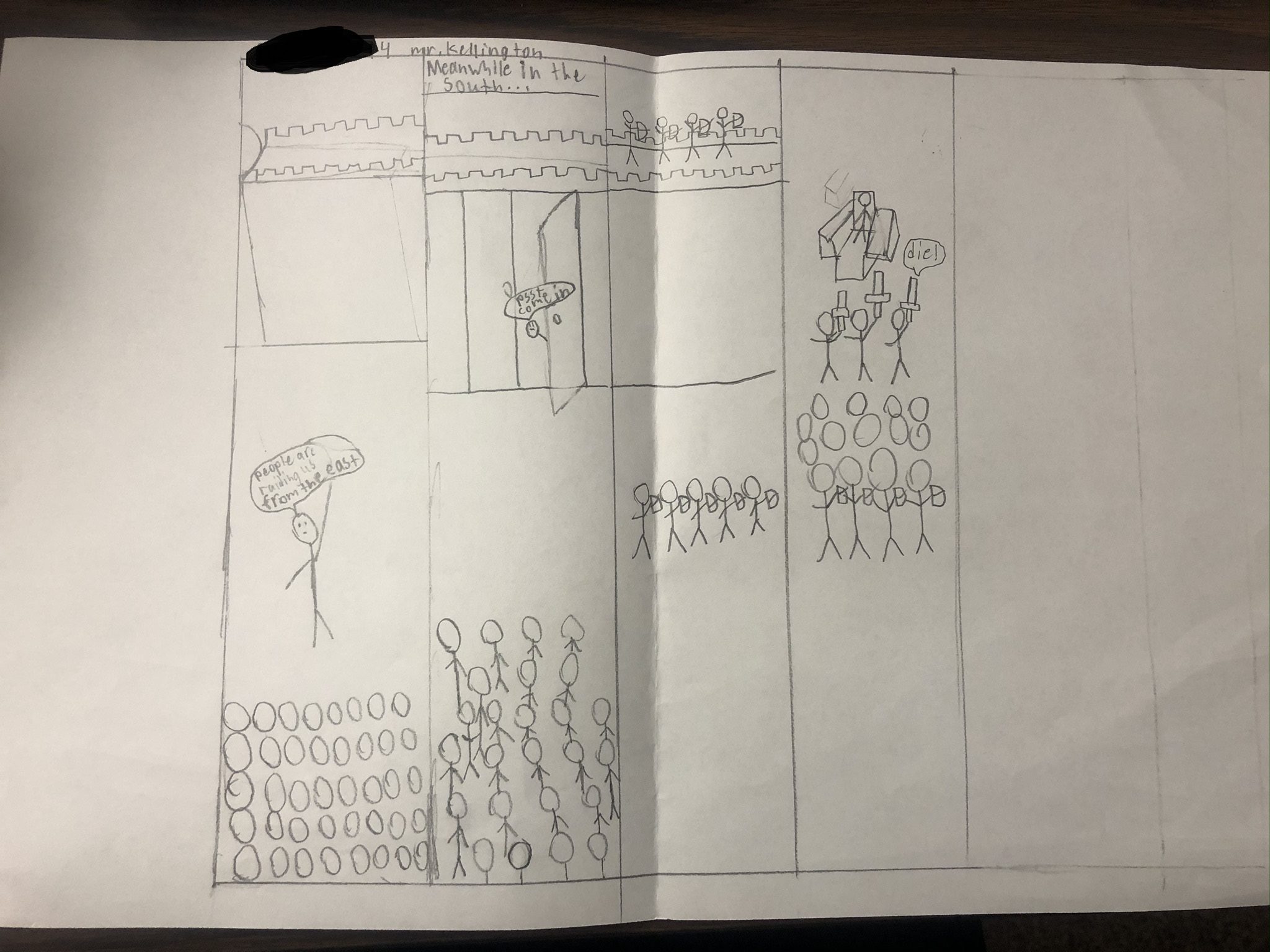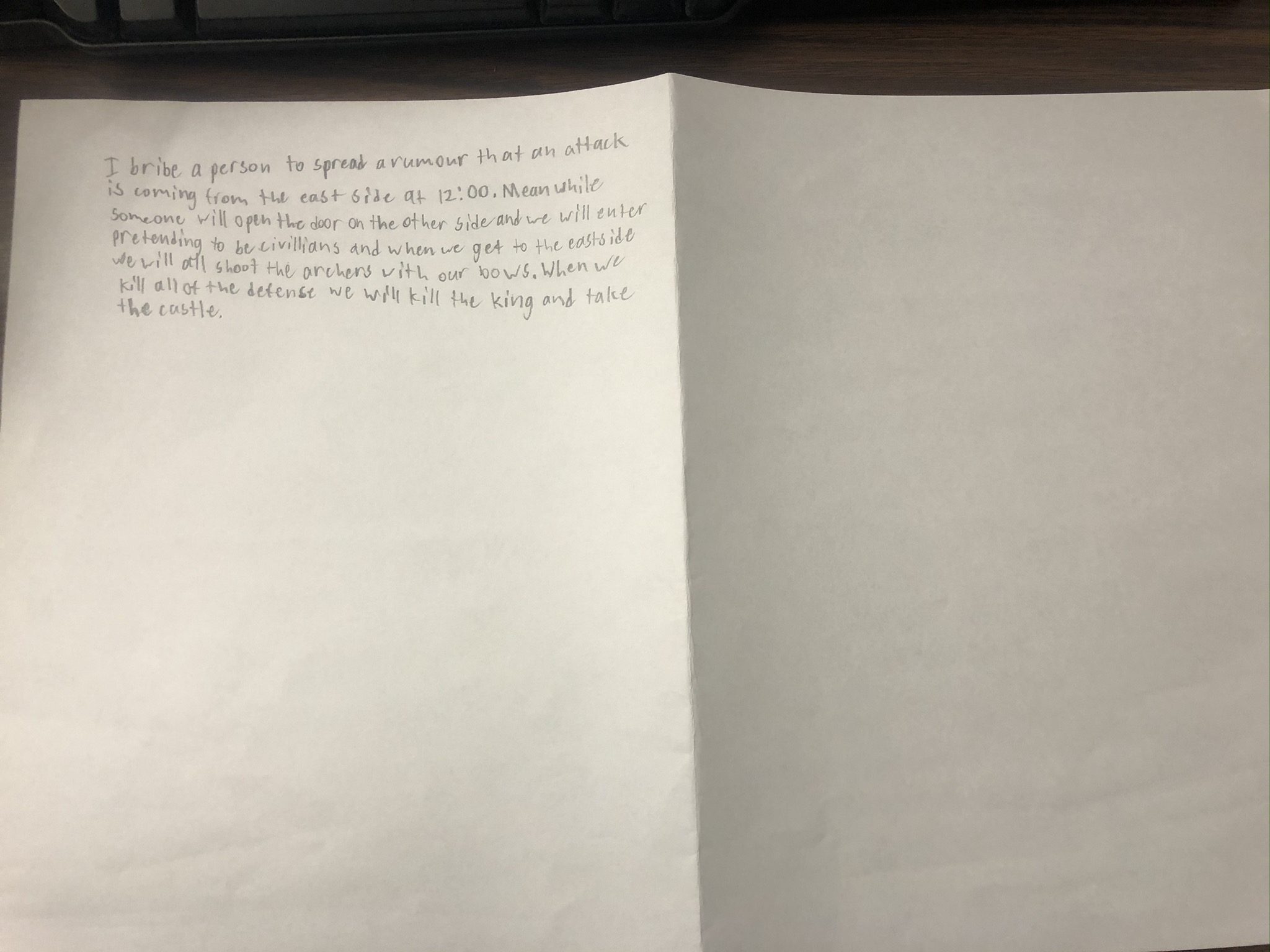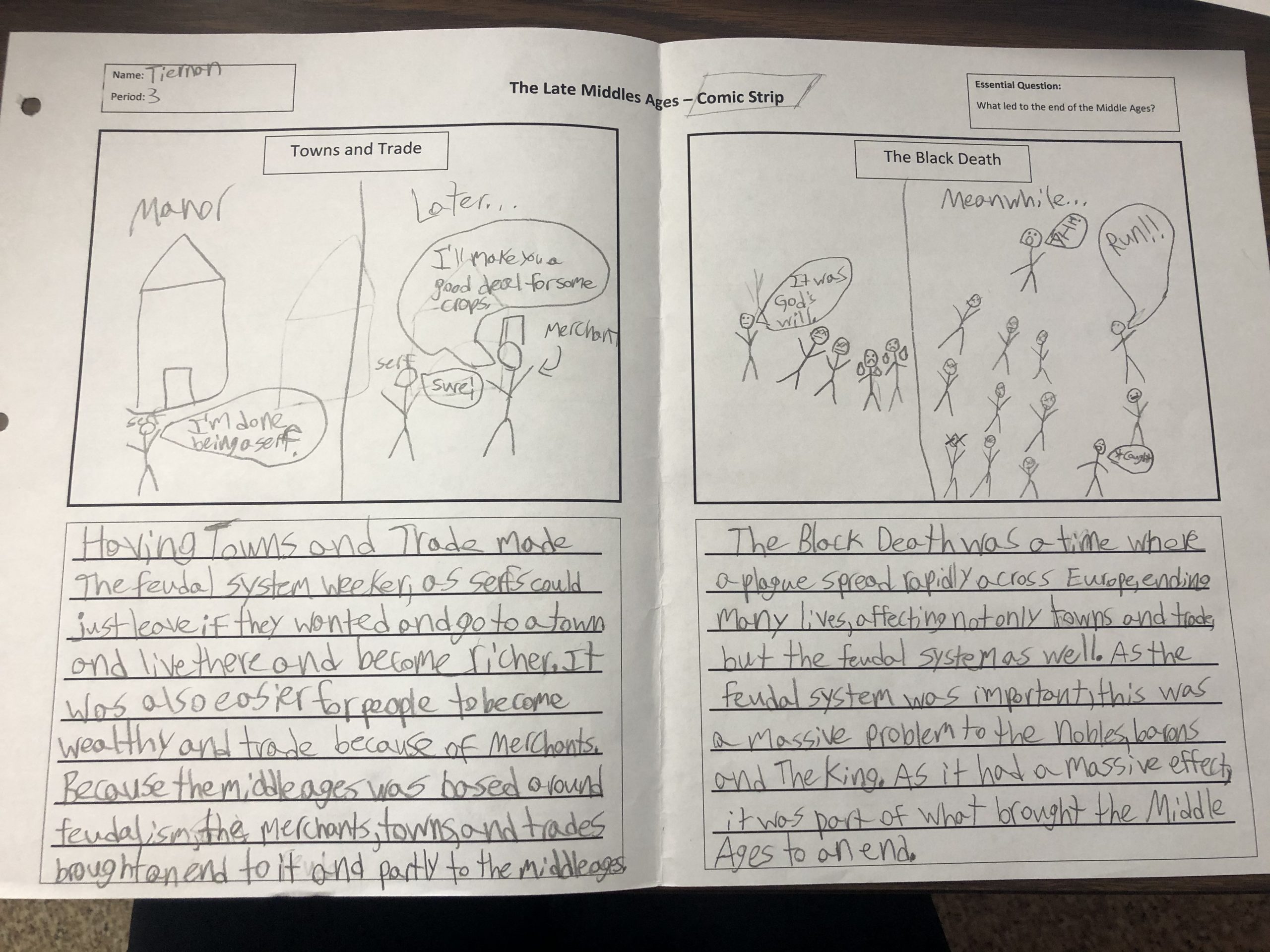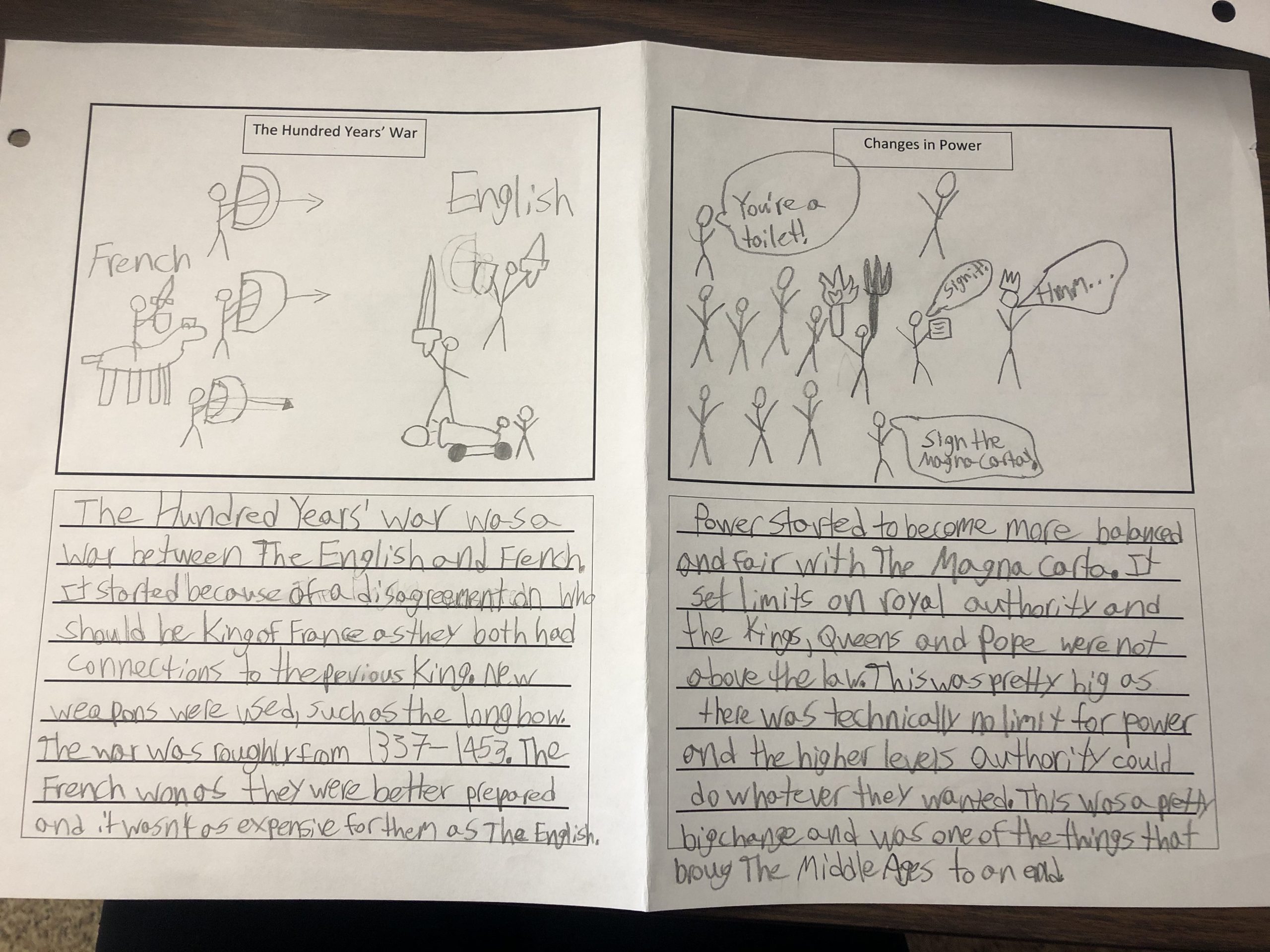
Shelley Moore
Creating safe, inclusive learning environments is one of the aspects of my practice that I prioritize.
I begin each class with community building exercises, games, and activities to help build connections and promote inclusivity by meeting the social-emotional needs of all learners. Whether its in PE, Humanities, or Science, we always begin each period facing each other in a circle. To me the circle is vital in promoting an inclusive environment. In the circle everyone has equal space, everyone can be seen and heard by all, and no one has a physical position of importance or superiority. In the circle we are all equal members of the community regardless of backgrounds, personalities, or exceptionalities.
When designing a unit, I look at what the overall learning objectives are, and how I can create an environment that will give all students a chance to succeed, while still obtaining the objectives.
- For example:
- When doing a novel study with a group of Humanities 8 learners, the two main learning objectives were (1) comprehension (2) personal reflection. In this particular group of learners, I had a number of students who were on IEPs and would not have been able to keep pace with the reading. Instead of having the student read the book on their own in class, or on their own time, each day we would listen to a chapter of the novel via audio book. Students had the option of following along with a physical copy of the book, or they could fill out a “summary sheet”. They could engage with these sheets in any way they wished. They could write a paragraph summary, they could take bullet point notes, they could sketch note (something we practiced as a class), really, they had complete freedom, as long as they were engaging with the text or their sheets. When the students were summatively assessed on the learning objectives, anyone who had attended class regularly were able to not only meet expectations, but extend beyond them. I believe taking the time to create an inclusive learning environment played a large role in the success of the learners.
I try to never handcuff how students demonstrate their learning to me. While the criteria is explicit stated, explained, and is often quite rigorous, I try to give students as much freedom as possible when demonstrating their learning. By always assessing the Curricular Competencies, there is usually the opportunity for students to express/demonstrate their learning in which ever way will suit them best.
Assessment is one of the most challenging aspects of being an educator. Finding consistent, fair, ethical, and meaningful modes of assessment can be quite the challenge. Something that I find can be overlooked when developing modes of assessment is, while ensuring the aforementioned aspects are obtained, that the mode of assessment is also inclusive. If the learning intention is not spelling, grammar, and punctuation, then such things should not be assessed. If the learning intention is not artistic ability, then this should not be assessed. I have found ideas such as these are relatively foreign concepts to a lot of students. When demonstrating their learning through creative and artistic means students often ask “are you marking neatness?” or “am I going to lose marks if I’m not good at drawing?” To combat this, I try to show students examples of stick figure drawings and beautify crafted painting students have done for me that fully meet the same criteria. An inclusive approach to assessment gives learners more opportunity to celebrate success, than constant reminders of shortcomings they may have in other areas.
While I aim to continue to develop strategies to enhance the inclusive nature of my practice, one measure of success I have thus far is the success students in my classrooms have had despite lack of EA support. I have been fortunate enough to have absolutely amazing EA support in my classrooms. One of the unfortunately realities is that such support is not always available for students. In my first practicum, I had 5 students who were allocated EA support each day, however, their EA had an unexpected medical emergency, and replacement support was rarely available. By adapting my practice, and materials, I was able to meet the needs of all 5 learners, and have them stay in the classroom, included as part of our community, instead of simply offloading them to the Learning Assistance room, which is usually what happens when there is no replacement for their EA.
Creating safe, inclusive learning environments is something I strive for, and will continue to make adjustments to my practice to ensure all learners can have success.
A number of exemplars from my EDUC 491 practicum — a diverse range of options for students to demonstrate their learning for a number of assignments:
